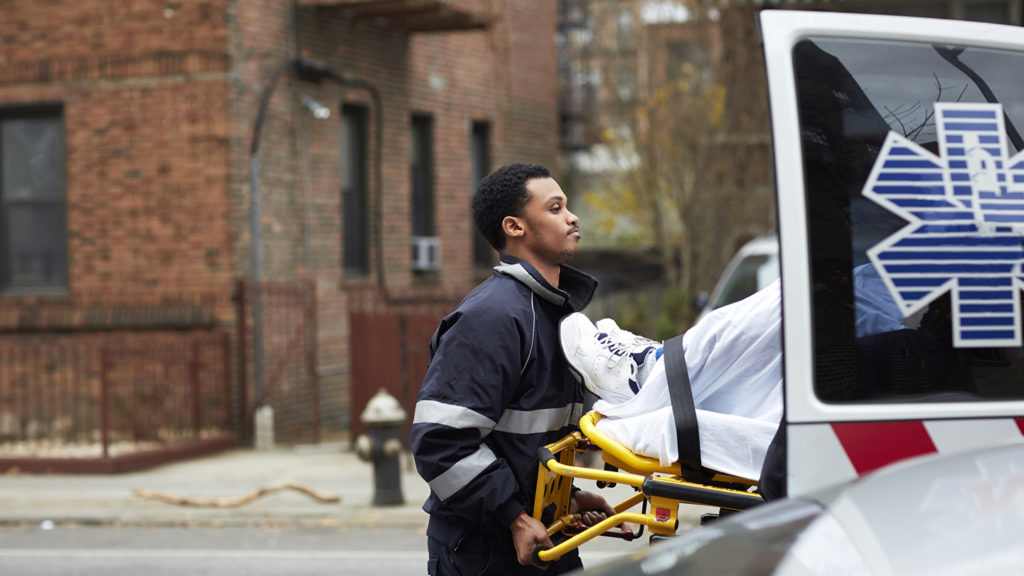
For older adults heading to the hospital following a possible stroke or brain injury, it might seem like an inopportune time to find out whether they have a long-lost twin.
This revelation, however, could turn out to be a life-saver: By creating a virtual doppelganger on the spot, physicians and surgeons could evaluate and “perform” various procedures and treatment options and evaluate what will work best for the real patient.
Such a digital twin could be created at the time of the possible stroke, by entering the stroke victim’s vitals like blood pressure, heart rhythm and brain scan information, and then software would simulate treatment options, researchers say.
This kind of stroke-patient computer modeling might be approximately six years away, the researchers estimated. To develop such a program, scientists at Amsterdam UMC received a grant worth $10.8 million.
Strokes predominantly affect older adults. Of the 800,000 people who have a stroke in the US each year, 17% of the strokes are fatal. One-fourth of stroke survivors, however, end up having a second stroke within five years, according to the Centers for Disease Control and Prevention.
Although an estimated 10% of stroke survivors end up in long-term care, that number doesn’t include those who complete short-term rehab in a skilled nursing facility. In addition, if technology can increase the number of stroke survivors, this could mean more nursing home patients and senior living residents who have post-stroke care needs, such as mobility assistance.
Although this “twinning” concept is in the early stages, doctors and surgeons are beginning to take advantage of more general virtual tools, including VR surgery training. Some nurses who aim to go into long-term care for older adults also are starting to train via a VR environment.


